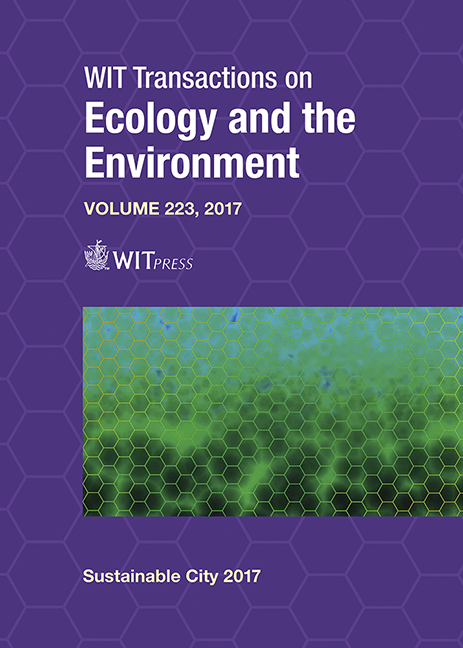THE RELATIONSHIP BETWEEN CONSERVATIONREVITALIZATION PROJECTS AND SITE MANAGEMENT PLAN: A CASE STUDY FOR SÜLEYMANIYE MOSQUE AND ITS ENVIRONS
Price
Free (open access)
Transaction
Volume
223
Pages
11
Page Range
135 - 145
Published
2017
Size
1,514 kb
Paper DOI
10.2495/SC170121
Copyright
WIT Press
Author(s)
KORAY ÖZCAN, ŞAZIYE BAL
Abstract
The aim of this paper is to examine the relationship between site management plans and the conservation-revitalization projects in context of the spatial-functional plan decisions and institutional authority-responsibility. These examinations have been handled with a method which depends on comparative-assessment of three basic data sources: conservation plans, conservation-revitalization projects and site management plan. The case study is The Süleymaniye Mosque and its environs which had been declared “historic-urban protected site” in 1977 and was inscribed on UNESCO World Heritage List within the scope of “Historic Areas of Istanbul” in 1985.However; socio-spatial and functional strategies for the Süleymaniye Mosque and its environs have been determined by Historical Peninsula Site Management Plan dated 2009. We believe that this study will present alternative perspectives to the problems arising in the context of coordination among stakeholders in the process of conservation-revitalization of historical urban environments through the re-evaluation of the institutional and managerial scope and content of the site management models through the case of Turkey.
Keywords
conservation-revitalization projects, site management plan, the Suleymaniye Mosque





